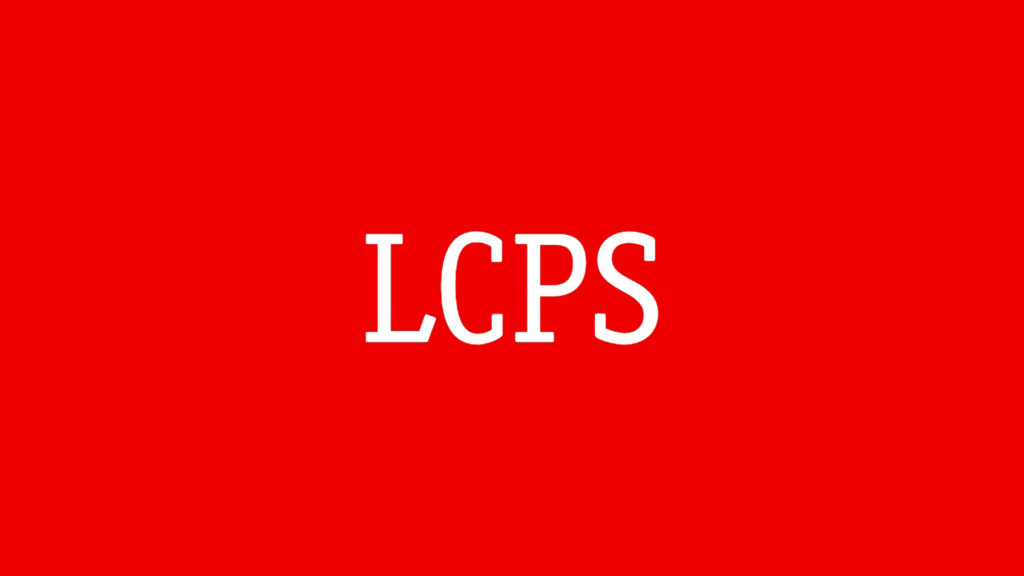id=”936″ id=”post-2689″ class=”wp-post-content-block ” itemscope itemtype=”http://schema.org/BlogPosting” itemprop=”blogPost”>

A series of reports published by LCPS, a WE4L partner in Lebanon
The Lebanese Center for Policy Studies, an independent think tank in Lebanon and Hivos Women Empowered for Leadership (WE4L) partner, published various reports on the 2018 elections that could be studied to advance the efforts of women in the country’s leadership positions.
Here, they are listed for ease of access:
Analyses of the 2018 election at a national level
Fighting Against the Odds: Emerging Political Actors in the 2018 Lebanese Parliamentary Elections
Discourse as an Electoral Campaigning Tool: Exploiting the Emotions of Voters
Understanding Turnout in the Lebanese Elections
An Assessment of Election Irregularities during the 2018 Parliamentary Elections
Analyses of the 2018 election at the electoral district level
The 2018 Lebanese Parliamentary Elections: What Do the Numbers Say?
Bekaa 1 Electoral District: Zahle
Bekaa 1: What’s in the Ballot Box? Unpacking the 2018 Elections
Bekaa 2 Electoral District: West Bekaa – Rachaya
Bekaa 2: What’s in the Ballot Box? Unpacking the 2018 Elections
Bekaa 3 Electoral District: Baalbek – Hermel
Bekaa 3: What’s in the Ballot Box? Unpacking the 2018 Elections
Beirut 1 Electoral District
Beirut 1: What’s in the Ballot Box? Unpacking the 2018 Elections
Beirut 2 Electoral District
Beirut 2: What’s in the Ballot Box? Unpacking the 2018 Elections
South 1 Electoral District: Saida and Jezzine
South 1: What’s in the Ballot Box? Unpacking the 2018 Elections
South 2 Electoral District: Sour and Zahrani
South 2: What’s in the Ballot Box? Unpacking the 2018 Elections
South 3 Electoral District: Bint Jbeil, Marjayoun-Hasbaya, and Nabatiyeh
South 3: What’s in the Ballot Box? Unpacking the 2018 Elections




